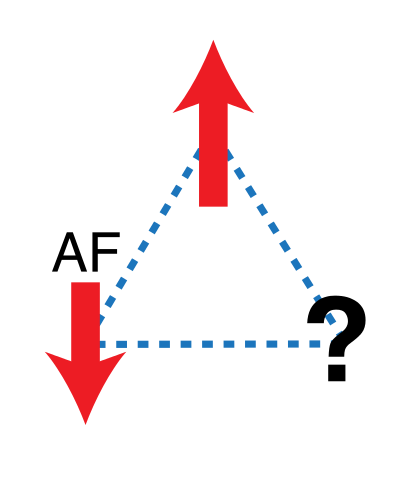The upvoted answer on this thread is pretty much a trivial tautology, and it gives the wrong impression that ground states are generically nondegenerate. To be clear:
Is the ground state of a quantum system always non-degenerate?
the answer is an unequivocal no.
Some examples:
For a three-level system with hamiltonian $$H=\begin{pmatrix}1& 0 & 0 \\ 0 & 1 & 0 \\ 0 & 0 & 2\end{pmatrix},$$ as given by the OP, the ground state is degenerate. This should be all that's necessary to show that the claim is false in general.
Pretty much all atoms in a field-free vacuum have degenerate ground states, with the simplest example being boron (whose ground-state configuration is $2s^2\:2p$ with term $^2P^\mathrm{o}_{1/2}$, to which correspond two spatially different states, with $m_J=-1/2$ and $+1/2$), followed by carbon, nitrogen, oxygen and fluorine, and indeed all of the periodic table except (i) the noble gases, with a full $p$ shell, (ii) the alkaline earth metals, with a full $s$ shell, (iii) zinc, cadmium and mercury, the group XII metals, with a full $d$ shell, (iv) ytterbium and nobelium, at the end of the rare earths, with a full $f$ shell, and (v) some exceptions such as palladium.
This is exactly the same situation as that pointed out in a comment, regarding atomic nuclei, whose ground state will generically have nonzero angular momentum and will therefore be spatially degenerate.
A slew of ferromagnetic and anti-ferromagnetic materials in lattices that exhibit geometrical frustration, which is best exhibited graphically:

That is, if three spins are linked with pairwise anti-ferromagnetic couplings, they try to point in opposite directions to each other, but there's no global solution that will avoid high-energy parallel alignments. This then leads naturally to a degenerate ground-state manifold.
Now, there is a large class of hamiltonians for which the ground state can be shown to be nondegenerate ─ they're explored in some depth, and with good references, in this MathOverflow thread, but this class does not include all possible systems, particularly once you include fermionic particle statistics with strict antisymmetry requirements on the wavefunction.
